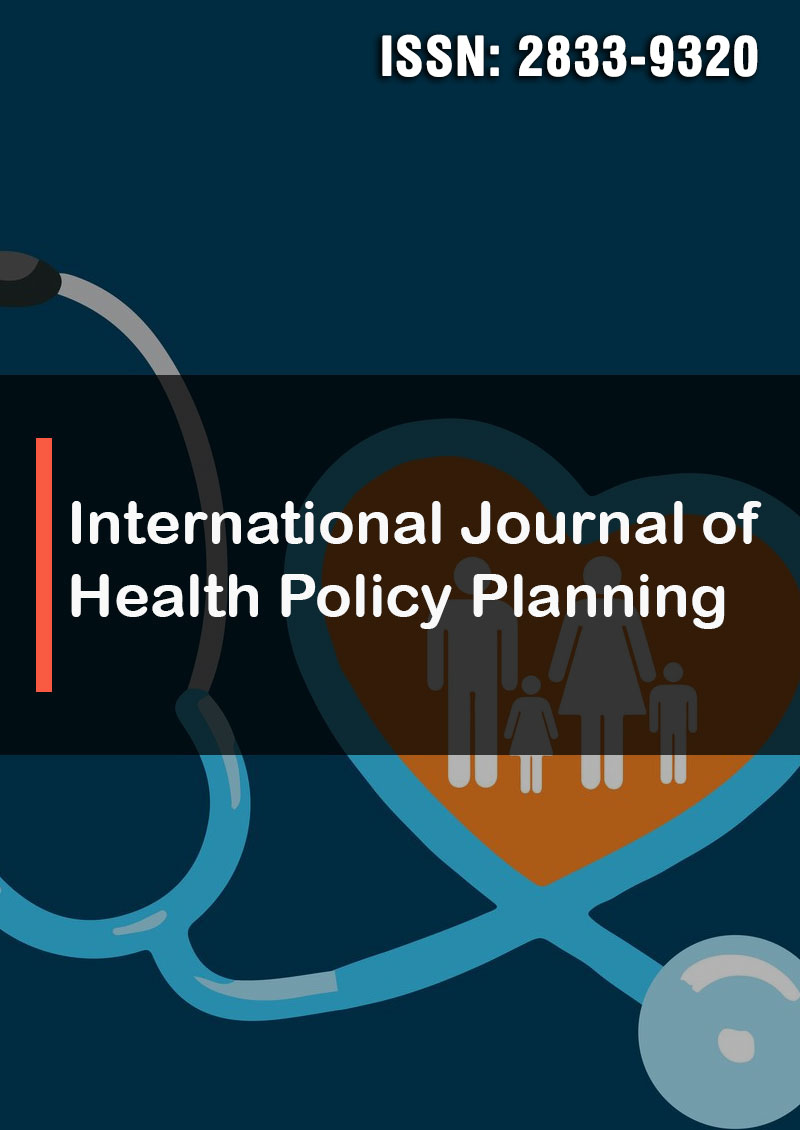Differentials and Determinants of Immunization Coverage among Children aged 12-36 Months in India: Analysis of Nationally-Representative, Population-Based Survey Data
Abstract
Eram Naaz, Saddaf Naaz Akhtar, Manzoor Ahmad Malik, Jalandhar Pradhan
Objective: Immunization coverage among children is still a major public health concern in India and other low-middle income countries. We examined the immunization coverage rates among children aged 12-36 months in India and its states. We also explored the associated factors affecting immunization coverage among children aged 12-36 in India.
Methodology: We used data from 75th round of the National Sample Survey Organizations (NSSO), collected from July 2017 to June 2018. The analytical sample of children aged 12-36 months information cases was 15887. Immunization coverage rates of India and its states were calculated. We evaluated the immunization coverage rate by background characteristics in India and its states. We performed multinomial logistic regression analysis to estimate the factors associated with the immunization coverage in India.
Findings: About 61.95% were fully immunized, 35.62% were partially immunized and the rest 2.43% had not received any vaccine. The children aged 21-28 months (0.50; p<0.01) & 29-36 months (0.35; p<0.01), belonging to North-Eastern regions (0.60; p<0.01) were found to be significantly less likely to receive fully immunization. Likewise, urban children are (1.26; p<0.1) found to be more likely to receive fully immunization. The lowest fully immunization has been seen in Daman and Diu (1.73%) followed by Nagaland (6.93%), NCT Delhi (34.71%), and Tripura (46.33%).
Conclusions: Socio-economic characteristics are therefore key to understand the coverage of immunization, since these likely impact the poor coverage of immunization among children in India.




